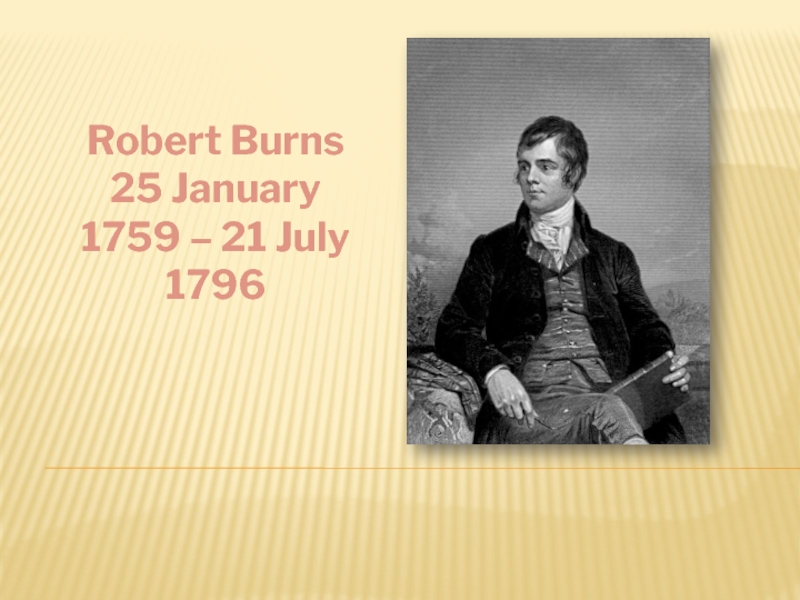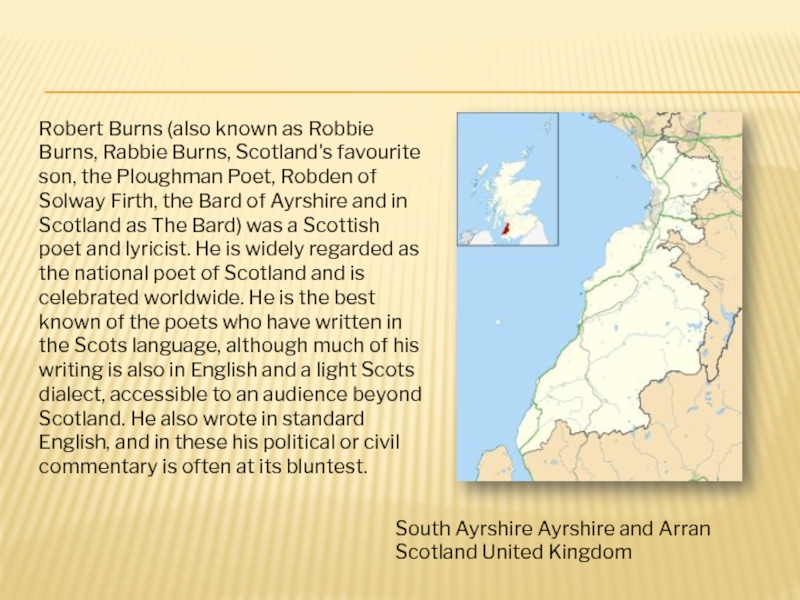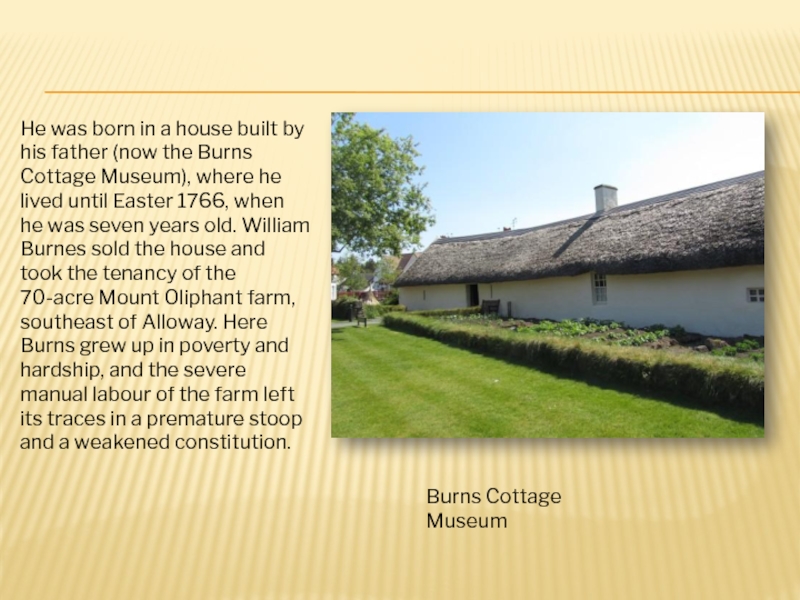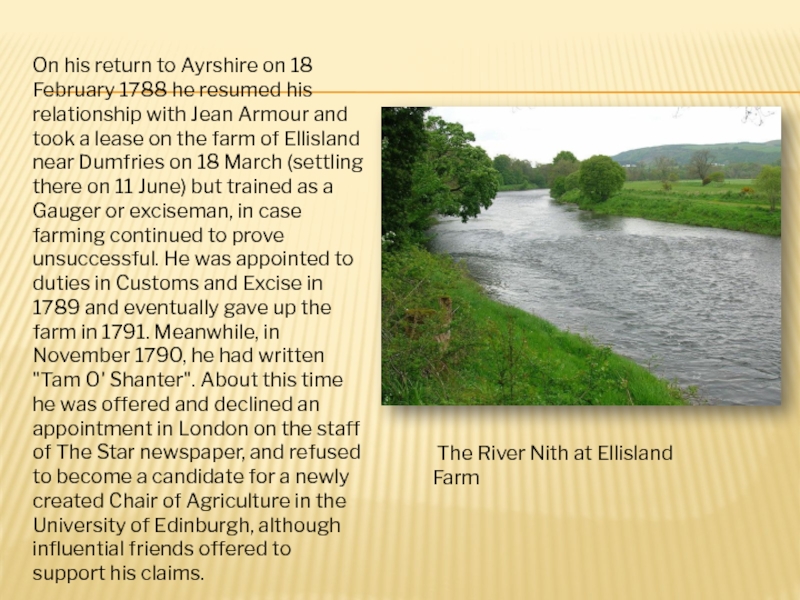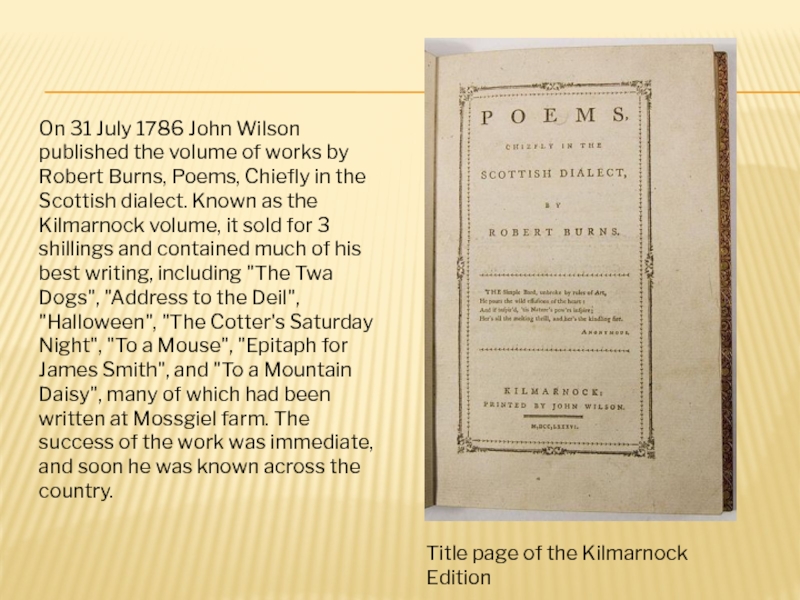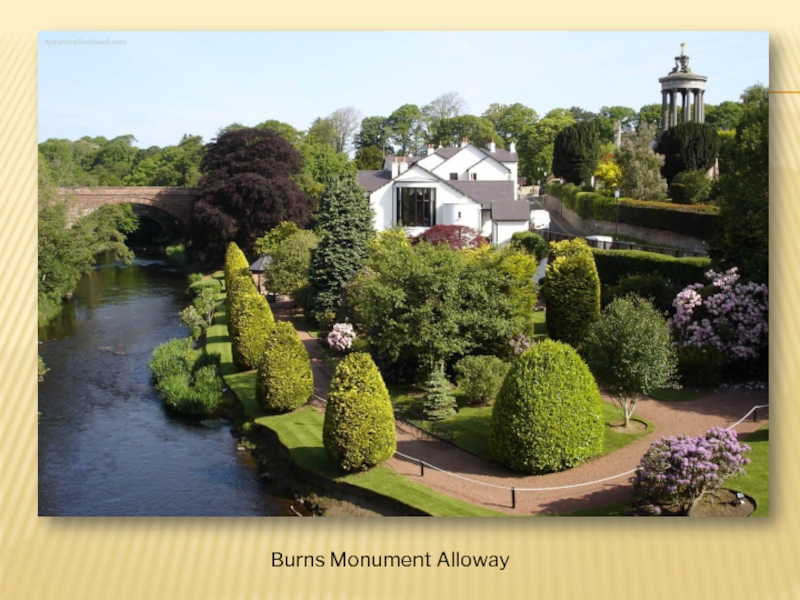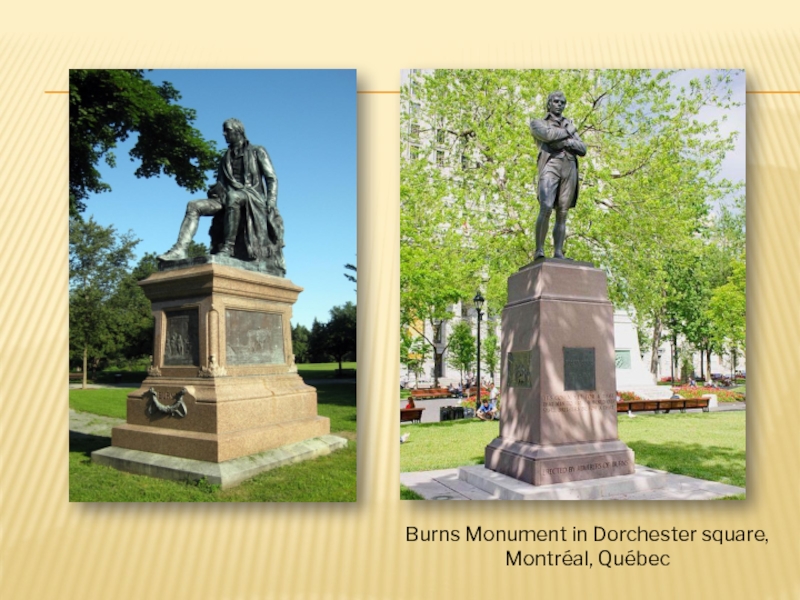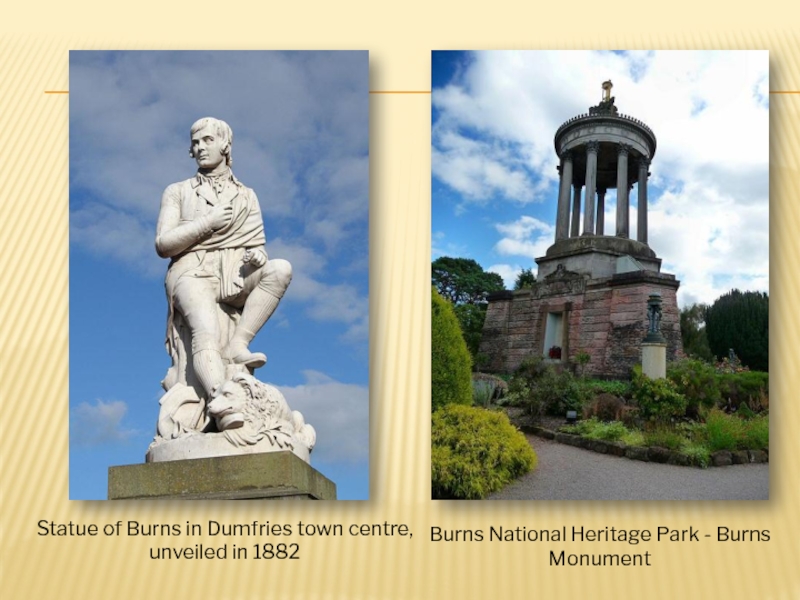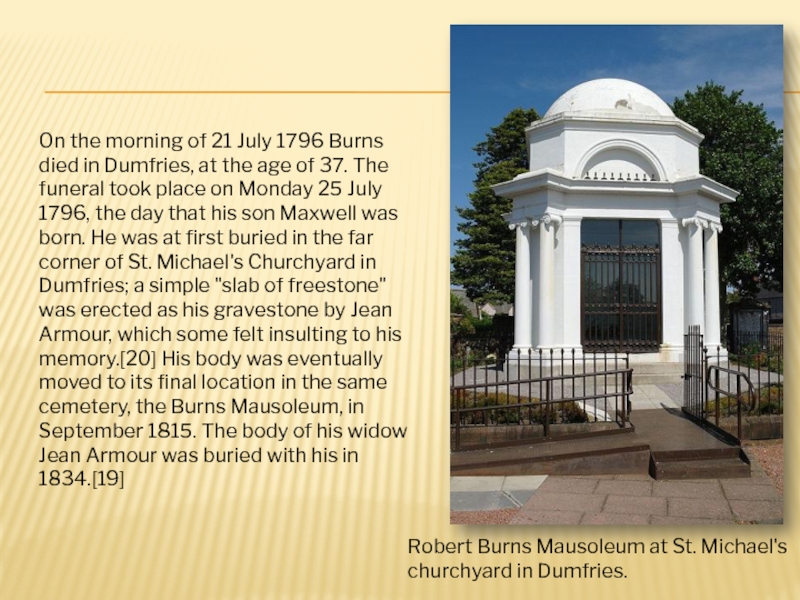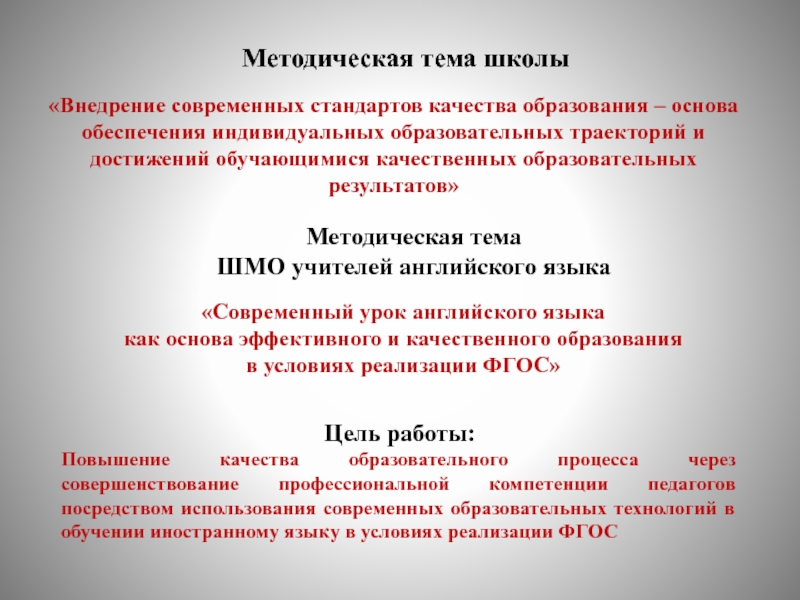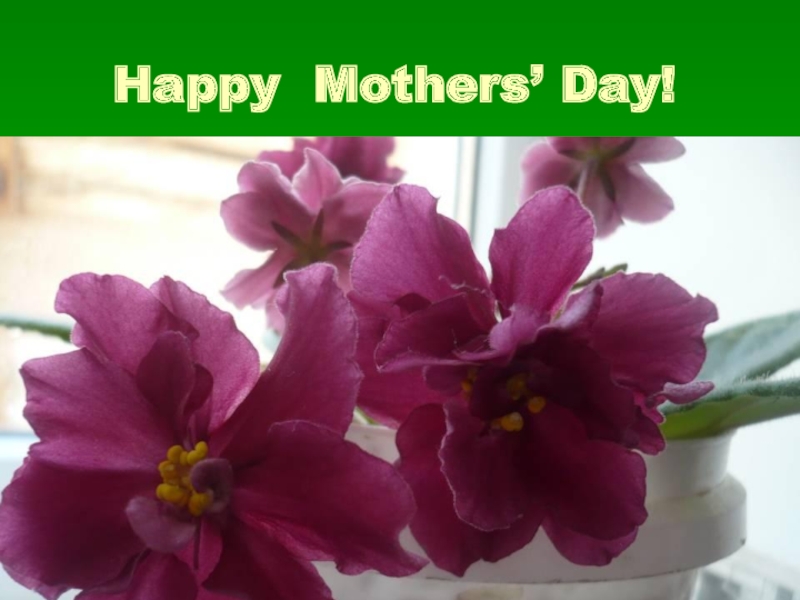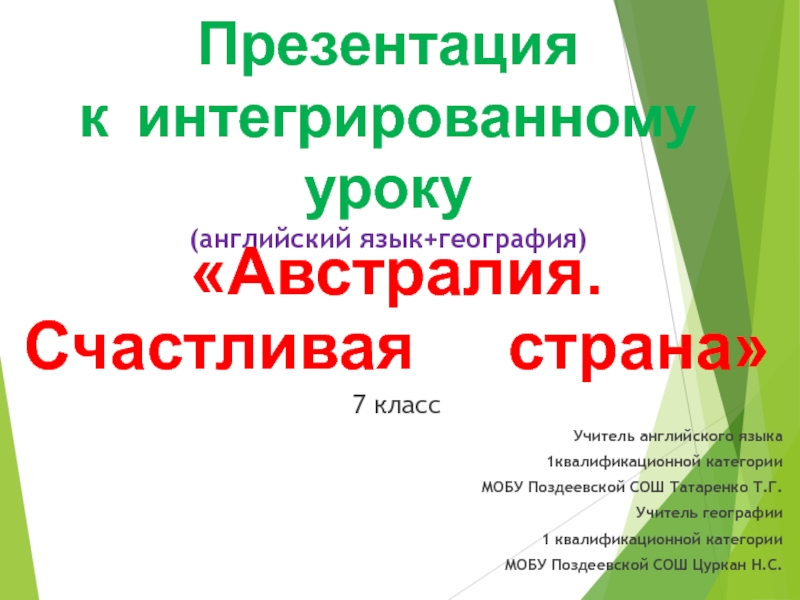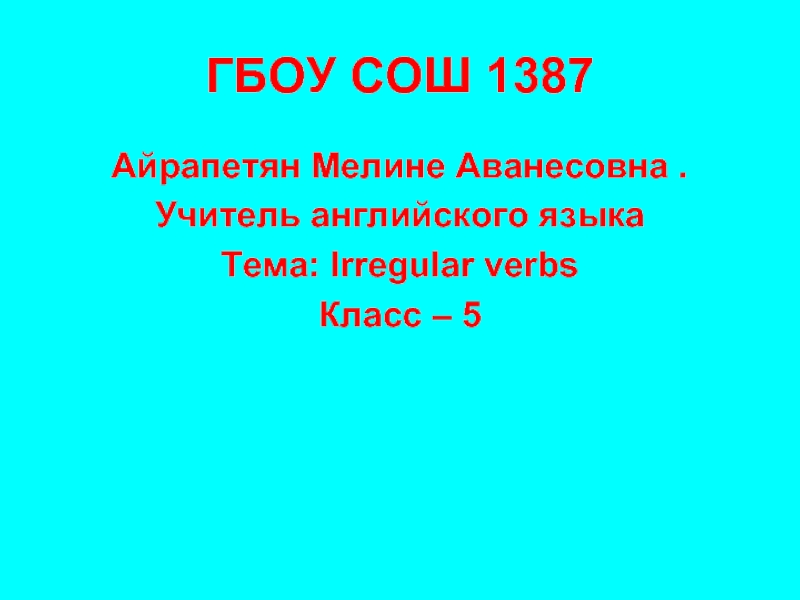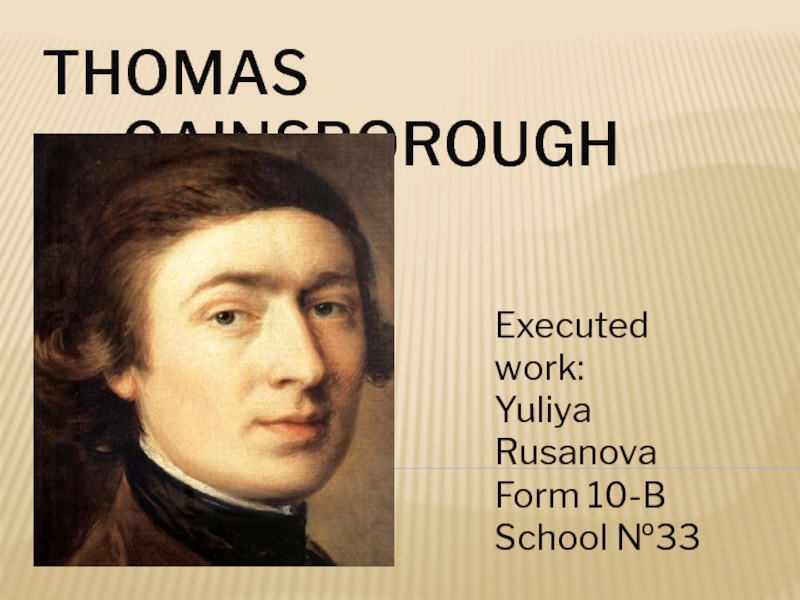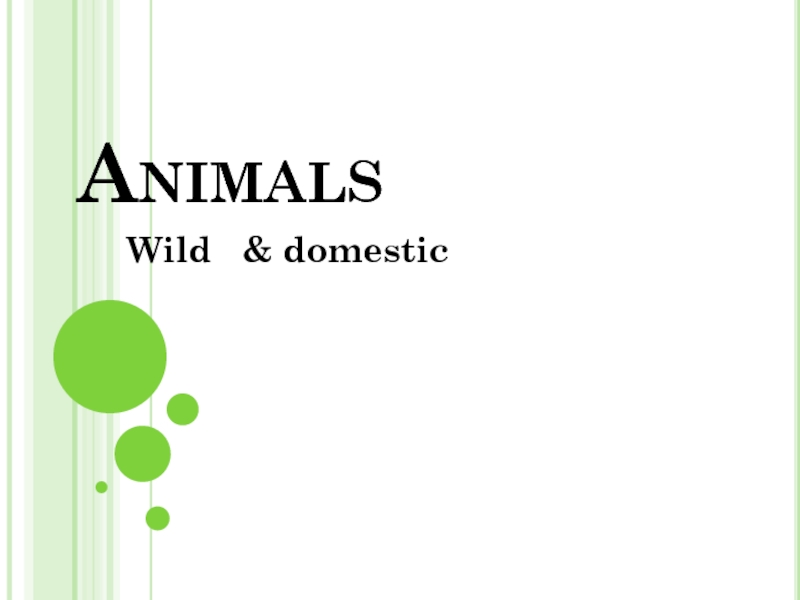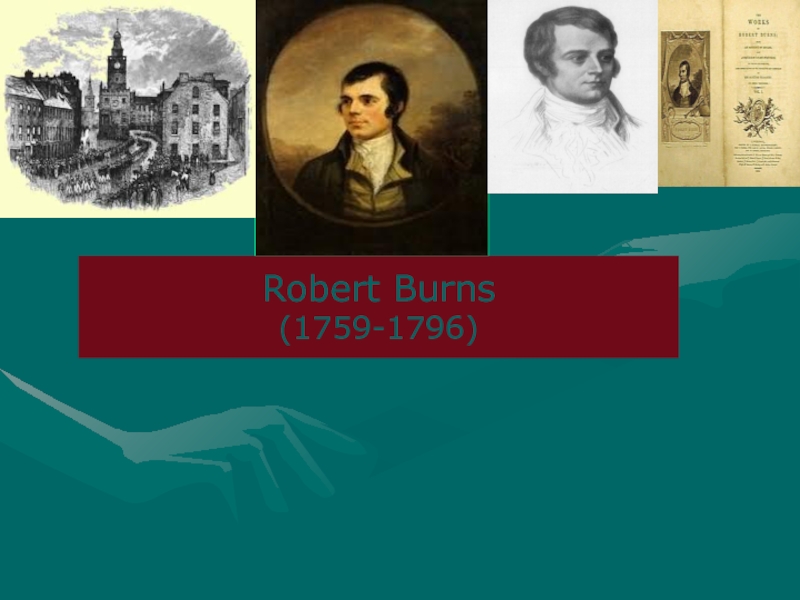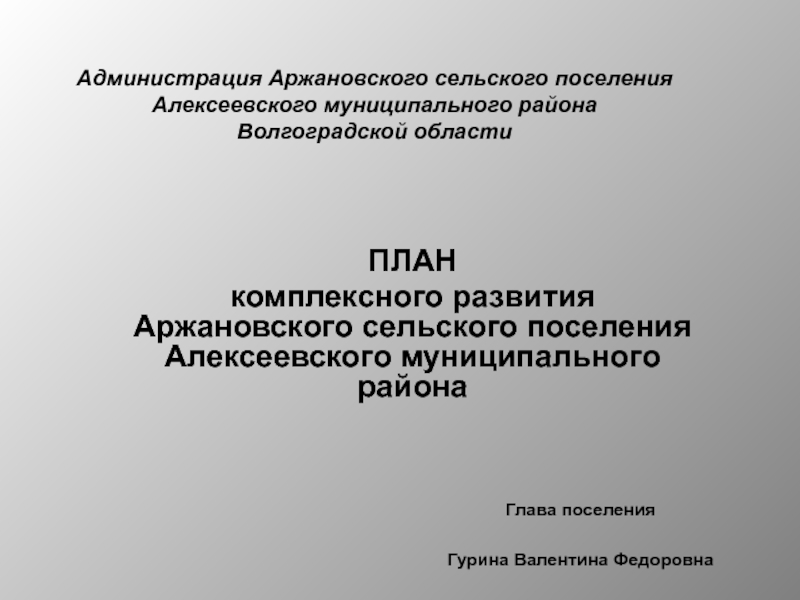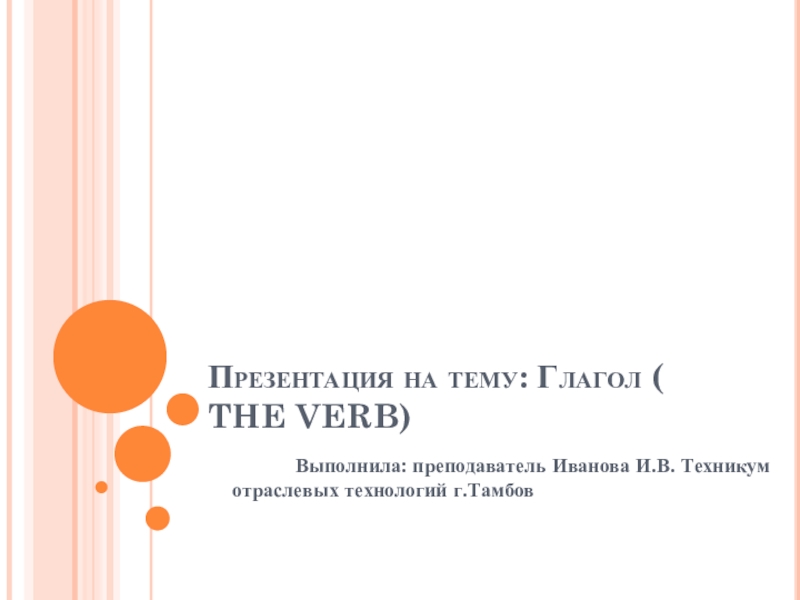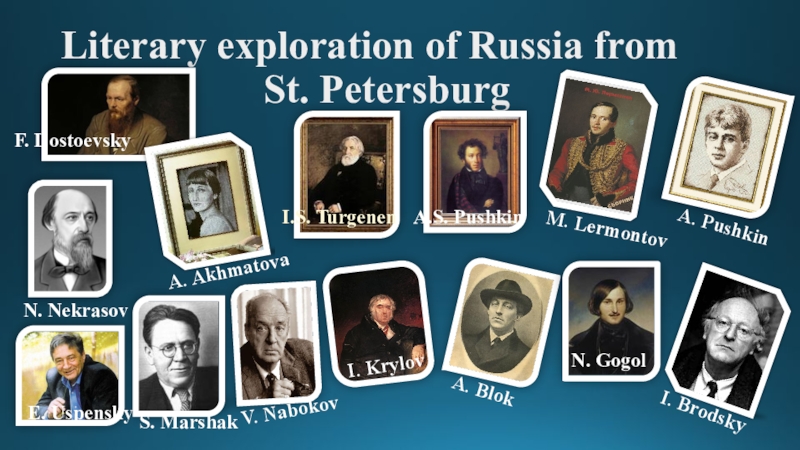Разделы презентаций
- Разное
- Английский язык
- Астрономия
- Алгебра
- Биология
- География
- Геометрия
- Детские презентации
- Информатика
- История
- Литература
- Математика
- Медицина
- Менеджмент
- Музыка
- МХК
- Немецкий язык
- ОБЖ
- Обществознание
- Окружающий мир
- Педагогика
- Русский язык
- Технология
- Физика
- Философия
- Химия
- Шаблоны, картинки для презентаций
- Экология
- Экономика
- Юриспруденция
Robert Burns 25 January 1759 – 21 July 1796 7 класс
Содержание
- 1. Robert Burns 25 January 1759 – 21 July 1796 7 класс
- 2. South Ayrshire Ayrshire and Arran Scotland United
- 3. He was born in a house built
- 4. On his return to Ayrshire on 18
- 5. After giving up his farm he removed
- 6. Title page of the Kilmarnock EditionOn 31
- 7. Burns Monument Alloway
- 8. Burns Monument in Dorchester square, Montréal, Québec
- 9. Statue of Burns in Dumfries town centre, unveiled in 1882Burns National Heritage Park - Burns Monument
- 10. On the morning of 21 July 1796
- 11. Слайд 11
- 12. Скачать презентанцию
South Ayrshire Ayrshire and Arran Scotland United KingdomRobert Burns (also known as Robbie Burns, Rabbie Burns, Scotland's favourite son, the Ploughman Poet, Robden of Solway Firth, the Bard of Ayrshire and
Слайды и текст этой презентации
Слайд 3He was born in a house built by his father
(now the Burns Cottage Museum), where he lived until Easter
1766, when he was seven years old. William Burnes sold the house and took the tenancy of the 70-acre Mount Oliphant farm, southeast of Alloway. Here Burns grew up in poverty and hardship, and the severe manual labour of the farm left its traces in a premature stoop and a weakened constitution.Burns Cottage Museum
Слайд 4On his return to Ayrshire on 18 February 1788 he
resumed his relationship with Jean Armour and took a lease
on the farm of Ellisland near Dumfries on 18 March (settling there on 11 June) but trained as a Gauger or exciseman, in case farming continued to prove unsuccessful. He was appointed to duties in Customs and Excise in 1789 and eventually gave up the farm in 1791. Meanwhile, in November 1790, he had written "Tam O' Shanter". About this time he was offered and declined an appointment in London on the staff of The Star newspaper, and refused to become a candidate for a newly created Chair of Agriculture in the University of Edinburgh, although influential friends offered to support his claims. The River Nith at Ellisland Farm
Слайд 5After giving up his farm he removed to Dumfries. It
was at this time that, being requested to write lyrics
for The Melodies of Scotland, he responded by contributing over 100 songs. He made major contributions to George Thomson's A Select Collection of Original Scottish Airs for the Voice as well as to James Johnson's Scots Musical Museum. Arguably his claim to immortality chiefly rests on these volumes, which placed him in the front rank of lyric poets. Burns described how he had to master singing the tune before he composed the words:Burns House in Dumfries, Scotland
Слайд 6Title page of the Kilmarnock Edition
On 31 July 1786 John
Wilson published the volume of works by Robert Burns, Poems,
Chiefly in the Scottish dialect. Known as the Kilmarnock volume, it sold for 3 shillings and contained much of his best writing, including "The Twa Dogs", "Address to the Deil", "Halloween", "The Cotter's Saturday Night", "To a Mouse", "Epitaph for James Smith", and "To a Mountain Daisy", many of which had been written at Mossgiel farm. The success of the work was immediate, and soon he was known across the country.Слайд 9Statue of Burns in Dumfries town centre, unveiled in 1882
Burns
National Heritage Park - Burns Monument
Слайд 10On the morning of 21 July 1796 Burns died in
Dumfries, at the age of 37. The funeral took place
on Monday 25 July 1796, the day that his son Maxwell was born. He was at first buried in the far corner of St. Michael's Churchyard in Dumfries; a simple "slab of freestone" was erected as his gravestone by Jean Armour, which some felt insulting to his memory.[20] His body was eventually moved to its final location in the same cemetery, the Burns Mausoleum, in September 1815. The body of his widow Jean Armour was buried with his in 1834.[19]Robert Burns Mausoleum at St. Michael's churchyard in Dumfries.
